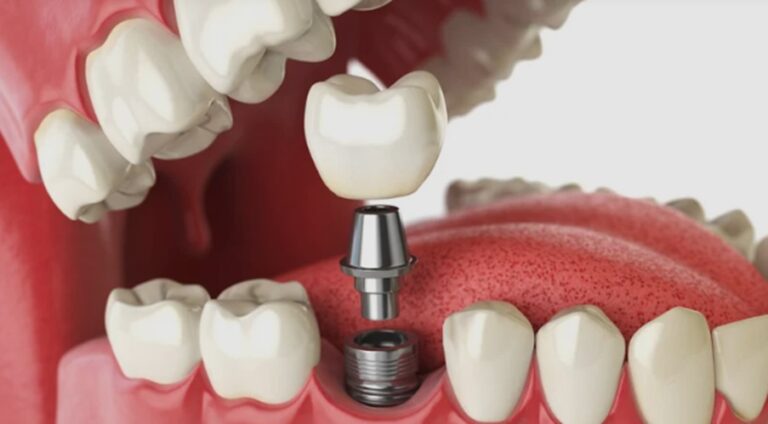
Teeth whitening is a popular approach to improve smiles quickly and affordably, either professionally or at home. While it does give substantial improvement, it is not permanent and must be maintained. Consult a Drexel Hill dentist to discuss the causes of discoloration, treatment methods, hazards, and expenses.
Is it the same as bleaching?
The FDA allows the term “bleaching” to be used only when teeth can be whitened beyond their natural color using bleaching agents such as hydrogen peroxide or carbamide peroxide. “Whitening” refers to the process of restoring surface color by removing particles, such as toothpaste. For faster results, the office employs hydrogen peroxide. Although at home, carbamide peroxide, which is roughly a third as strong, is preferred.
Examination of the enamel:
Note that teeth are first protected by white enamel. However, it is also true that enamel wears away over time. What does it do? When that happens, it exposes yellow dentin and causes your teeth to discolor. On top of that, even chewing causes microcracks in the enamel, which accumulate stains.
Types of tooth discoloration:
Tooth staining mainly depends on intrinsic and extrinsic factors. So what are extrinsic stains? These stains can usually be removed by washing or whitening and develop as a result of things like food, drink, and cigarette usage.
So, what about intrinsic stains? These stains are influenced by factors like trauma, aging, or exposure to particular substances during tooth formation.
No matter what the cause of tooth discoloration is, modern cosmetic dentistry now offers alternatives, such as tooth whitening, to address these issues.
What causes it?
Tooth staining is caused by things like wear and tear, genes, translucency, and tooth thinness. Darkening and color intensify as a person ages. Moreover, there is no set color of natural teeth, and they generally vary. Also, yellow-brown teeth react better to bleaching.
In case the teeth are translucent or thin, there are fewer chances of it getting whitened. Additionally, one should also avoid colored foods and beverages, including red wine, coffee, and acidic products, as they contribute to staining and enamel degradation, resulting in the visibility of yellow dentin beneath.
Final thought:
Apart from the above-mentioned causes that lead to teeth coloration, there are some more. You should avoid smoking at all costs. Moreover, excessive fluoride intake can cause fluorosis, which can lead to white marks on teeth. If you have more questions on what to or not to do, get in touch with a Drexel Hill dentist.




